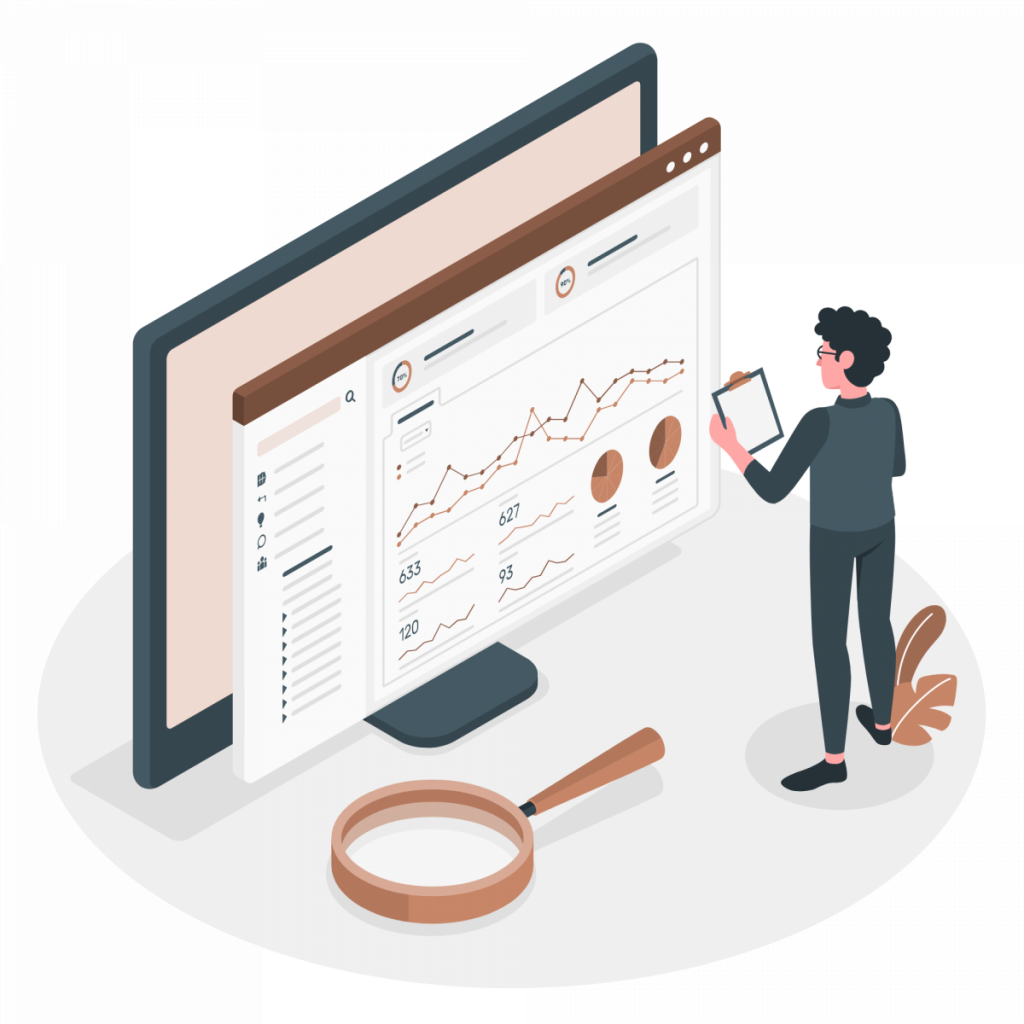Information floods organizations at an unprecedented rate in today’s data-driven environment. It can be difficult to get through this data maze and extract useful information. The good news is that Content Classification APIs have become a powerful tool for streamlining information processing, categorization, and accessibility.In this article, we delve into the transformative power of Content Classification APIs and their role in simplifying information management.

Unveiling Content Classification APIs
At the heart of this transformation are Content Classification APIs, the unsung heroes of data organization. These APIs employ a variety of techniques to categorize data in real-time, ensuring precision and efficiency. Machine learning plays a pivotal role in automating data categorization and continuous learning, enhancing accuracy.
Content Classification APIs have a wide range of functionalities at their disposal. In order to meet certain business needs, they provide customization and fine-tuning. These APIs ensure a consistent data environment by effortlessly integrating with current systems. Additionally, their cross-platform and multilingual compatibility increases their adaptability and accessibility.
Navigating Content Classification APIs
Document management, content moderation, and product classification for e-commerce are just a few of the settings in which Content Classification APIs are used. They make a significant contribution to improved search and retrieval, enhanced user experiences, and regulatory compliance.
APIs for content categorization have an effect on numerous business operations. They are crucial for guaranteeing data accuracy, reducing risks in data governance, and meeting legal requirements. They also increase search and retrieval procedures, which improves user experience.
Implementing Content Classification APIs
The implementation journey of Content Classification APIs involves acquiring API access, configuring classification parameters, and committing to continuous monitoring and optimization. Best practices encompass data quality assurance, privacy and security protocols, and staff training and skill development.
In conclusion, Content Classification APIs are the secret weapons that streamline the data maze, making information management effortless. As organizations continue to grapple with ever-increasing data volumes, the ability to simplify data handling becomes a cornerstone of success. Embracing the power of Content Classification APIs is not just about categorizing data; it’s about embracing a streamlined future of information management and achieving unparalleled success.
Check Klazify: A High-Quality Content Classification API
Looking for a powerful API to help you classify and extract information from websites, emails, and documents? Klazify is a machine learning-powered API that can help you do just that. It can classify content with high accuracy and extract a variety of information, including the title, author, keywords, and body text.
Klazify is a great option for businesses of all sizes. It is easy to use and integrate into your applications, and it offers a variety of pricing plans to fit your budget.

Here are a few advantages of utilizing Klazify:
- Accuracy: Klazify classifies information with high accuracy using machine learning. This implies you can have faith in the accuracy and dependability of the outcomes.
- Flexibility: Klazify is able to extract a wide range of data from websites, emails, and documents. This implies that there are many different uses for it.
- Klazify is simple to use and include into your projects. In just a few minutes, you may begin.
- Affordability: Klazify has a range of pricing options to suit your needs and your budget.
Company Information API Endpoint
Klazify returns the website’s category information when you enter a URL.
The taxonomy used to categorize websites is based on the IAB V2 standard, and the API analyzes the company’s website and separates it into 385+ potential topic groupings.
As an illustration, you can see the response to the Company API endpoint for the URL (Xiaomi.com) below.
{
"domain": {
"domain_url": "http://xiaomi.com"
},
"success": true,
"objects": {
"company": {
"name": "Xiaomi",
"city": null,
"stateCode": null,
"countryCode": "CN",
"employeesRange": "10K-50K",
"revenue": 291490000000,
"raised": null,
"tags": [
"Consumer Electronics",
"Computer Hardware",
"Telecommunications",
"Networking",
"Internet",
"B2C",
"Mobile"
]
}
}
}
How To Start Using Klazify?
- First, go to www.klazify.com and subscribe.
- Then, every user gets a personal API access key, a unique combination of letters and digits provided to access the API endpoint.
- Finally, chose the endpoint that you need and press “Run”, and that’s it!
A fantastic source to find APIs is the Zyla Labs marketplace. You can search it using a category, a keyword, or a programming language, and it has over 500 APIs available. Each API’s price, documentation, and terms of service are all thorough information that can be found on the marketplace.
Want to learn more about this? Go check How Can An API Help You Easily Classify Website Content?

